VIEWPOINTS: Exploring the Intersection of Visual and Performing Arts (Part I)
- By drediman
- March 7, 2014
- No Comments
The stage. What grander canvas can a visual artist ask for? Over the years, its death and rebirth “burning man” allure has intrigued many a visual artist. Unlike the permanence of the visual arts, which include painting/drawing, photography, film, sculpture, fashion, and architecture, works in the performing arts are continually building, demolishing, and rebuilding themselves. Why would an artist sign up to have their work eventually torn down? I’d like to think it’s because of the thrill of creative collaboration, as well as wanting to contribute to that indescribable synergistic alchemy that occurs at the intersection of design, performance, and a live audience (the power of the “Gesamtkunstwerk”, or total work of art, composer Richard Wagner would have argued). In this first of three installments exploring the intersection of visual and performing arts, I’ll be exploring occasions when established visual artists have lent there talents to designing for the performing arts. Note that this is by no means a comprehensive study. These observations are meant to be snapshots that capture moments when the worlds of the visual and performing arts have crossed paths, of course through the lens of my personal experiences.
1. Thanks to Sergei Diaghilev’s legendary skills as an impresario for getting the best people in the same room, the likes of Pablo Picasso and Henri Matisse have designed ballets for his fabled Ballet Russes, which performed in Paris from 1909 to 1929. In person, I’ve had the pleasure of seeing recreations of a number of these historic ballets. One of the Chicago-based Joffrey Ballet’s signature works in its repertoire is its recreation of “The Rite of Spring”, featuring the meticulously reconstructed choreography of Vaslav Nijinsky and vivid landscape designs by artist Nicholas Roerich (and of course that revolutionary score by Igor Stravinsky).
A few years ago, Washington D.C.’s Susan Farrell Ballet danced a fabulous “Prodigal Son”, which is set to music by Sergei Prokoviev and featured expressionistic designs by artist Georges Rouault. Interestingly, “Prodigal Son” was the last ballet choreographed by a young George Balanchine for the Ballet Russes a few years before moving west to the United States.
I’ve also had the chance to catch the Mariinsky Ballet’s reconstructions of Michel Fokine’s most famous works for the Ballet Russes, including “Scheherazade” (set to the famous Rimsky-Korsakov score with designs by Leon Bakst), as well as “Firebird” (set to another well-known Stravinsky score with designs by Aleksandr Golovin).
2. In the late 1980s, English artist David Hockney designed an intoxicatingly color-saturated “Tristan und Isolde” for the Los Angeles Opera (the Lyric Opera of Chicago has also used this particular production of the Richard Wagner opera). Mr. Hockney also designed the rich, striking sets for the Lyric’s production of Puccini’s “Turandot”.
3. Indian sculptor Anish Kapoor was employed by Britain’s famed National Theatre in 2008 to design the stark dance/theater piece “in-i”, which featured French movie star Juliette Binoche and choreographer Akram Khan.
4. The Metropolitan Opera tapped South African multi-media artist William Kentridge to both direct and design its outrageous Dada-esque 2010 production of Shostakovich’s early opera, “The Nose”.
5. Much like Diaghilev’s Ballet Russes a century ago, the New York City Ballet in recent seasons has been at the forefront of creating innovative bridges between the worlds of visual and performing arts. In 1999, the company premiered its current production of Tchaikovsky’s “Swan Lake” with choreography by ballet master Peter Martins and designs by Danish artist Per Kirkeby. In 2010, Spanish architect Santiago Calatrava designed five ballets for its “Architecture of Dance” season. In 2012, Italian fashion designer Valentino provided costumes for Peter Martins’ “Bal de Couture”.
In the next installment of this exploration of the intersection between the visual and performing arts, I’ll be focusing on the works of stage designers who have drawn inspiration from the world of visual arts.

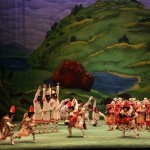
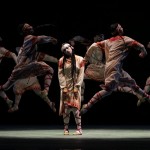
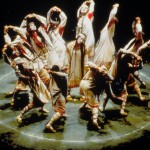
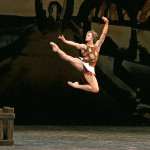
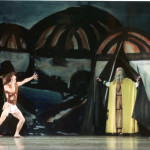
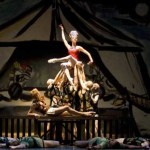
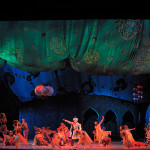
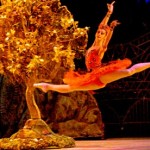
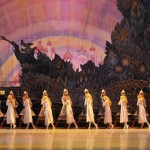
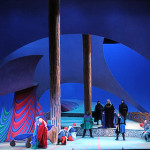
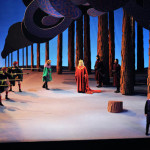
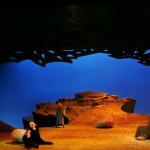
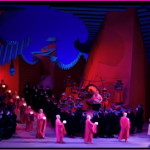
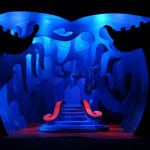
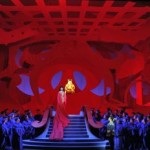
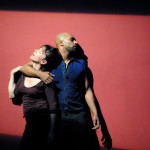
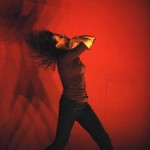
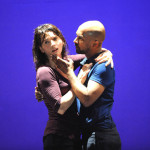
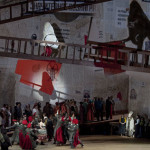
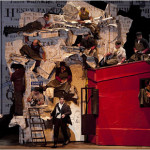
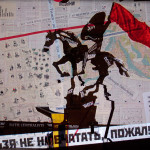
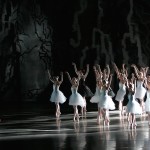
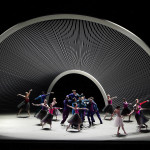
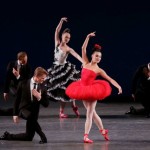
 Copyright © 2025
Copyright © 2025
Leave a Reply